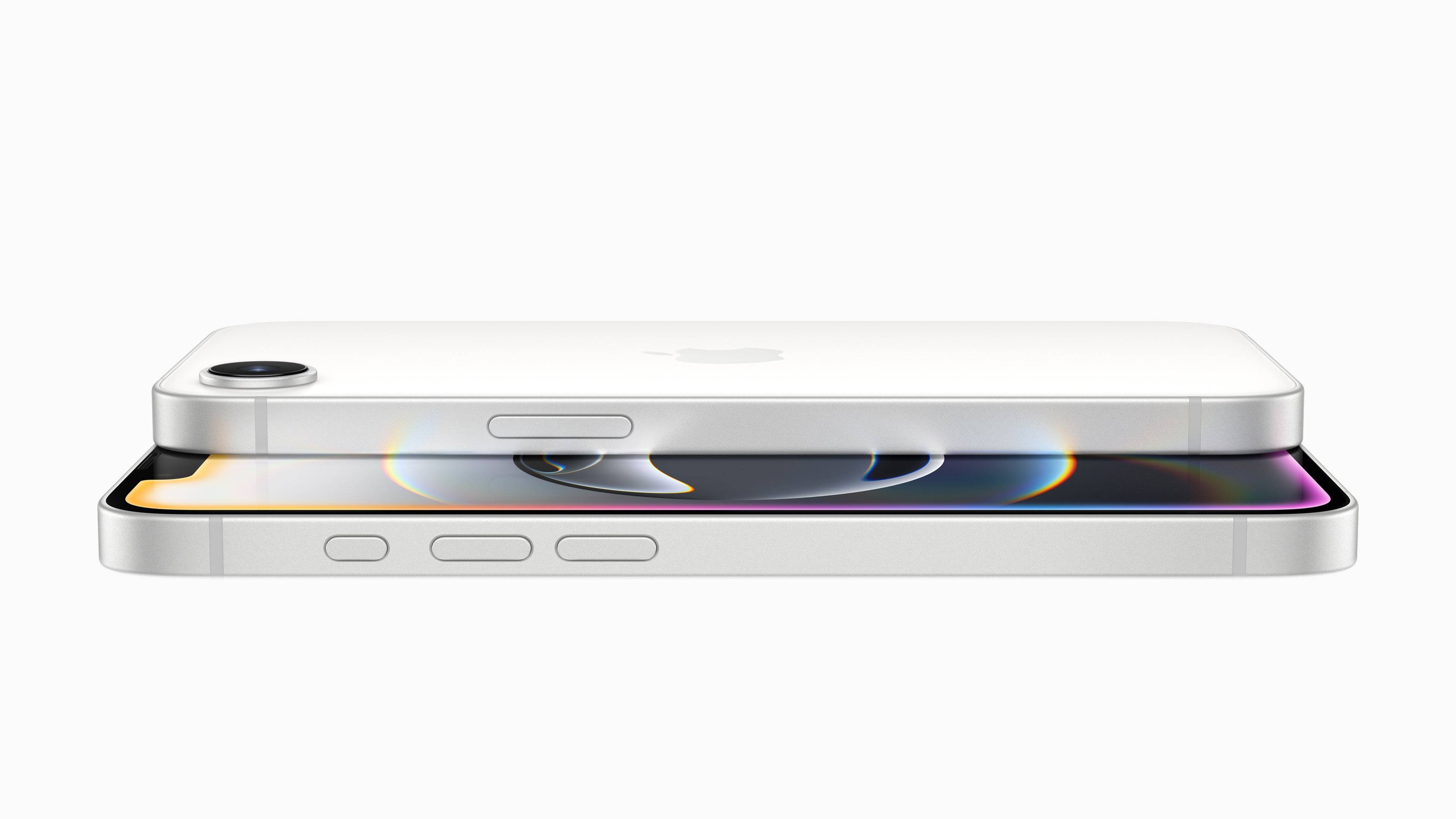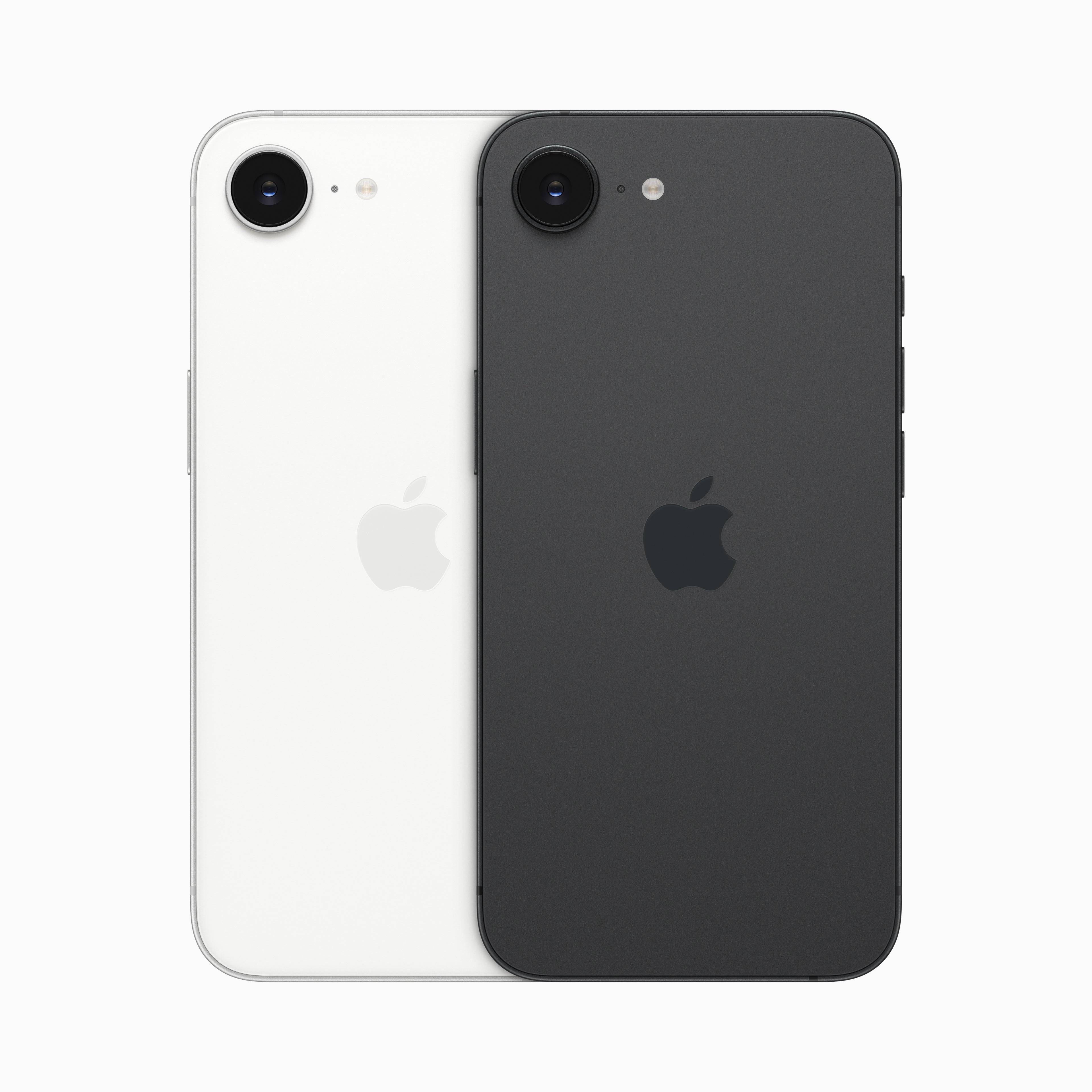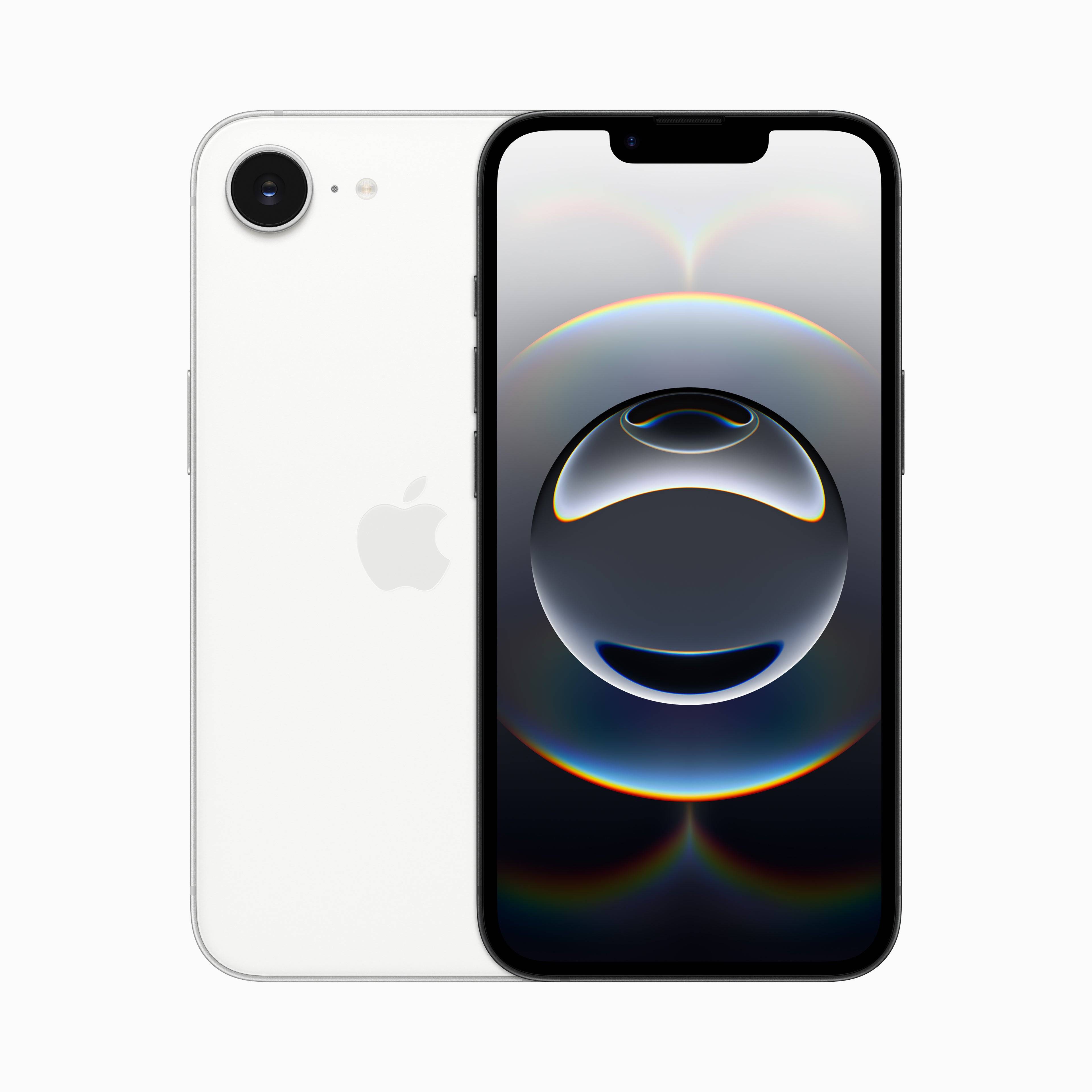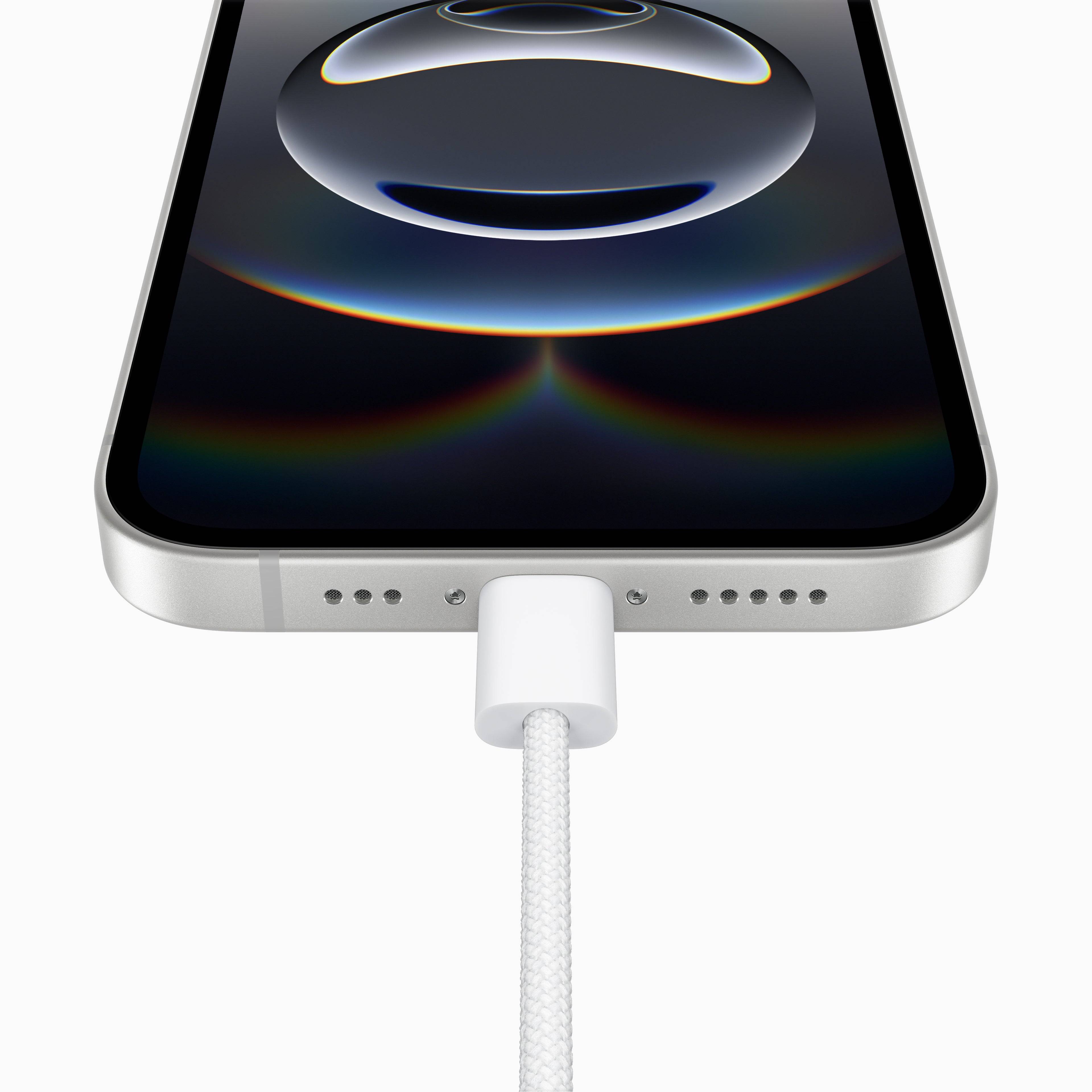Apple Unveils the iPhone 16e: A Budget-Friendly Option with Compromises
Apple recently launched the iPhone 16e, its newest entry-level model, priced at $599. This device replaces the iPhone SE (2022) as the company's budget offering, but it represents a shift away from the significantly lower price point of its predecessors. The iPhone 16e's price sits closer to the $799 iPhone 16, released last fall. Pre-orders begin Friday, February 21st, with general availability on February 28th.
A Key First: Apple's C1 Modem
The iPhone 16e is notable for being the first Apple device to incorporate the company's own C1 cellular modem. While Apple's in-house chips have a strong track record (M-series for computers, A-series for mobile devices), the success of the C1 modem is crucial. Any connectivity issues could significantly impact user experience. Apple will hopefully avoid a repeat of the "Antennagate" controversy from the iPhone 4.
iPhone 16e: A Closer Look

 4 Images
4 Images

Visually, the iPhone 16e closely resembles the iPhone 14 from the front. It boasts a 6.1-inch OLED display with a 2532x1170 resolution and 1200-nit peak brightness, though this falls short of the iPhone 16's display quality. However, it includes the Action button and a USB-C port, omitting the Camera Control feature.
The rear design is more distinct, featuring a single 48MP camera. While sharing similarities with the iPhone 16's main camera, it lacks sensor-shift stabilization, the latest Photographic Styles, and adjustable portrait mode focus. The selfie camera, however, appears identical and includes Face ID.
The phone's construction uses aluminum, a glass back, and Apple's Ceramic Shield on the front. While advertised as "tougher than any smartphone glass," it's important to note that Apple now offers a newer, supposedly "two times tougher" Ceramic Shield. This raises questions about the durability of the older version used in the iPhone 16e.
Internal Specifications: A Strategic Compromise
The iPhone 16e's internal components showcase Apple's product segmentation strategy. It features an "A18" chip, similar to the iPhone 16, but with a 4-core GPU compared to the iPhone 16's 5-core GPU. While maintaining the Neural Engine for Apple's AI features, performance is likely to be a step down from the iPhone 16.
The Price Point: A Balancing Act
The iPhone 16e's $599 price tag makes it Apple's cheapest phone, but the discount is less dramatic than previous budget models. The 2022 iPhone SE, priced at $429, offered a significantly larger discount (nearly 50%) while using the same chip as the then-$799 iPhone 13. While the iPhone 16e's design is more current (based on a design with minor annual tweaks since 2018), the smaller price difference might hinder its appeal.
Market Competition: A Challenging Landscape
The iPhone 16e faces stiff competition from Android devices around the $600 price point, such as the OnePlus 13R. Apple may find it challenging to attract buyers outside its existing ecosystem. The iPhone 16e's ultimate success will depend on its actual performance and how it measures up against the competition.













